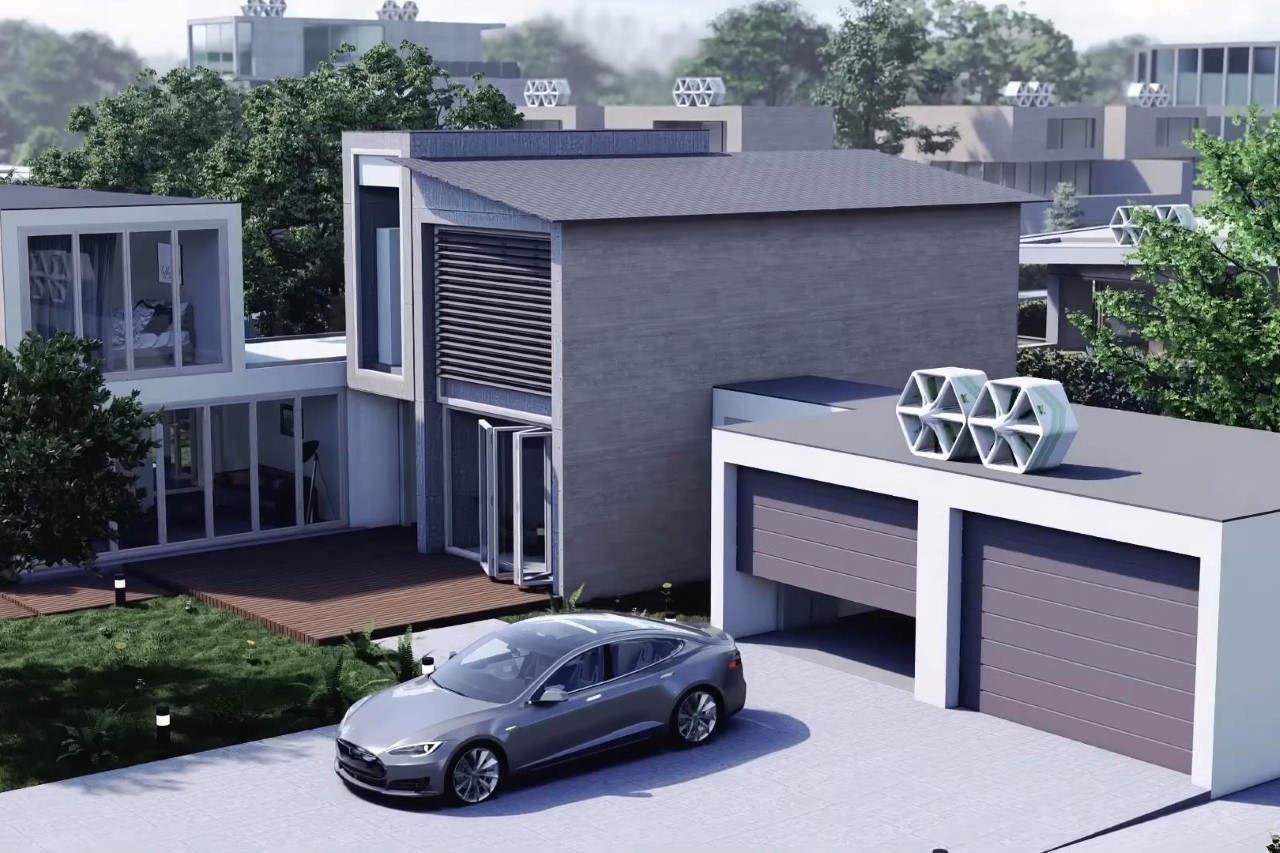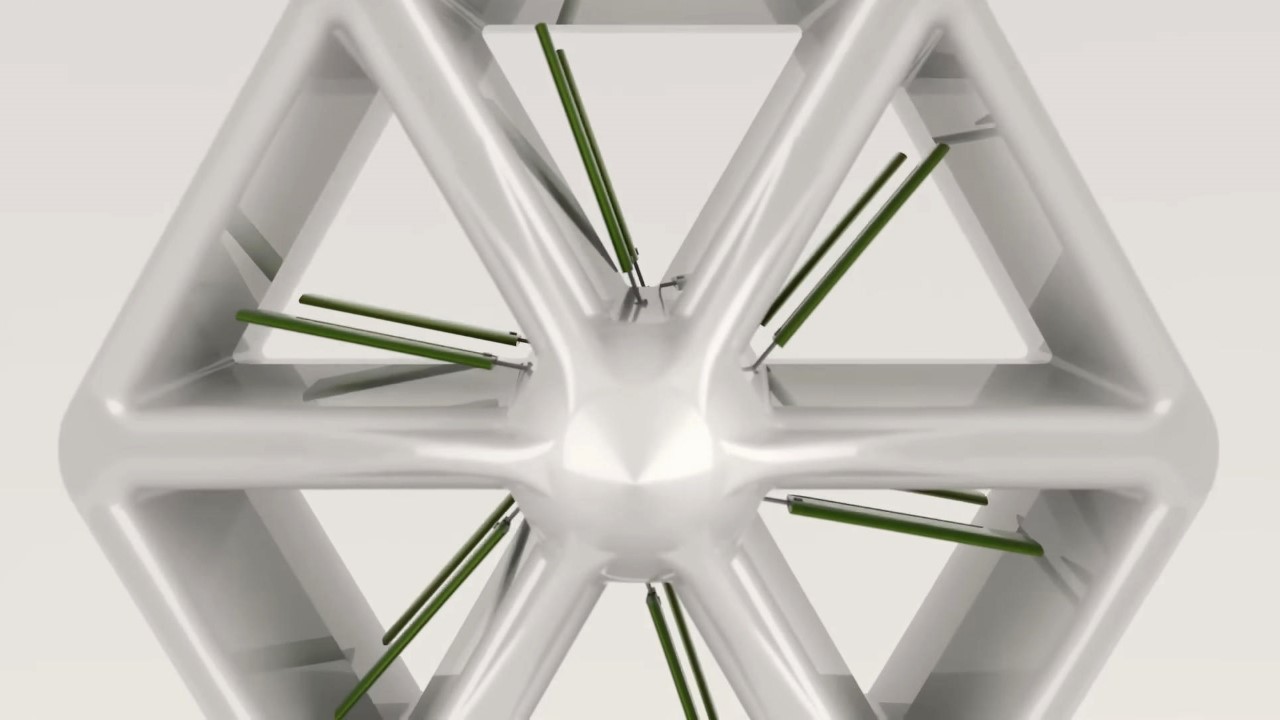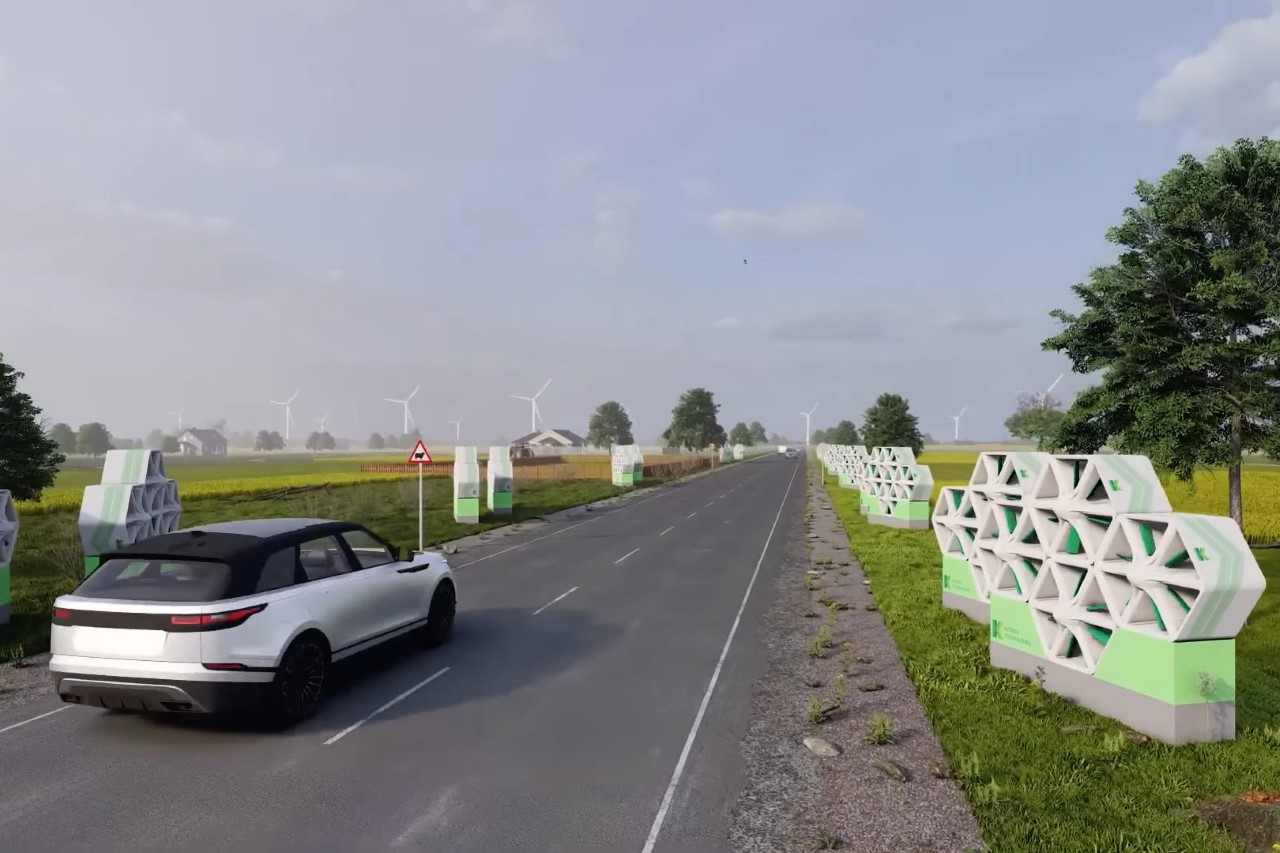- This topic is empty.
-
Topic
-
In a departure from the conventional image of wind turbines with their imposing rotating blades, envision a sleek hexagonal grid reminiscent of a honeycomb, gracefully adorning urban rooftops or seamlessly integrated into existing structures. This is the groundbreaking concept brought to life by Katrick Technologies, a Glasgow-based startup revolutionizing wind energy with its bladeless honeycomb turbines.

As the world races to discover more effective and sustainable energy solutions amid the global shift towards renewable sources, Katrick Technologies stands out, or rather, gracefully catches attention, with its innovative approach. Diverging from the dominating presence of towering rotary-blade turbines that characterize landscapes, Katrick’s creation breathes fresh air into the realm of design and functionality.
Central to Katrick’s technological marvel are the aerofoils, the unsung heroes shaping the essence of their design. These aerofoils capture wind energy and translate it into mechanical oscillations, which, in turn, are converted into electricity—a green energy solution that not only maximizes efficiency in less windy conditions but also adapts seamlessly to the spatial constraints of urban environments.

The core philosophy of Katrick Technologies revolves around crafting eco-friendly, pioneering engineering solutions. Despite being a relatively new player in the renewable energy sector, the company is swiftly carving a niche for itself. In contrast to traditional wind turbines with their substantial land and maintenance demands, Katrick’s honeycomb turbines offer a more sustainable and cost-effective alternative, particularly in urban landscapes where space is a premium commodity.

However, like any revolutionary concept, bladeless turbines, including Katrick’s design, have encountered skepticism. Critics, including voices from the MIT Technology Review, have questioned their efficiency compared to traditional counterparts despite the lower cost and environmental footprint. Nevertheless, Katrick’s innovative methodology might tip the scales in their favor. The company asserts that a mere kilometer of their roadside panels could power a significant number of electric vehicles or sustain hundreds of homes annually.

Beyond efficiency, safety and environmental considerations are pivotal aspects of Katrick’s design. The slower-moving aerofoils within the honeycomb structure are presumed to pose less risk to birds than their traditional counterparts. Furthermore, their unobtrusive design, minimal footprint, and limited environmental impact render them an enticing option for urban settings, where sustainability meets aesthetics.
- You must be logged in to reply to this topic.



